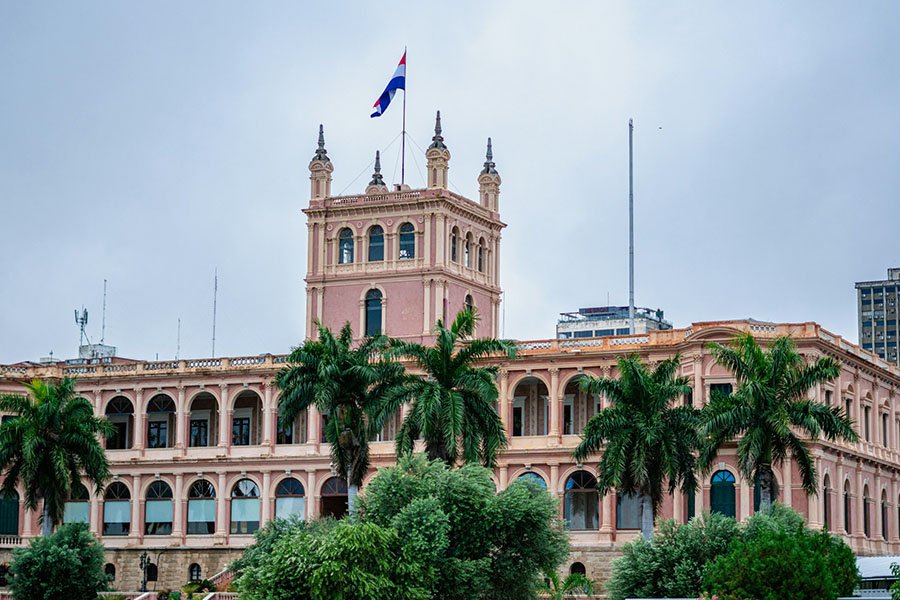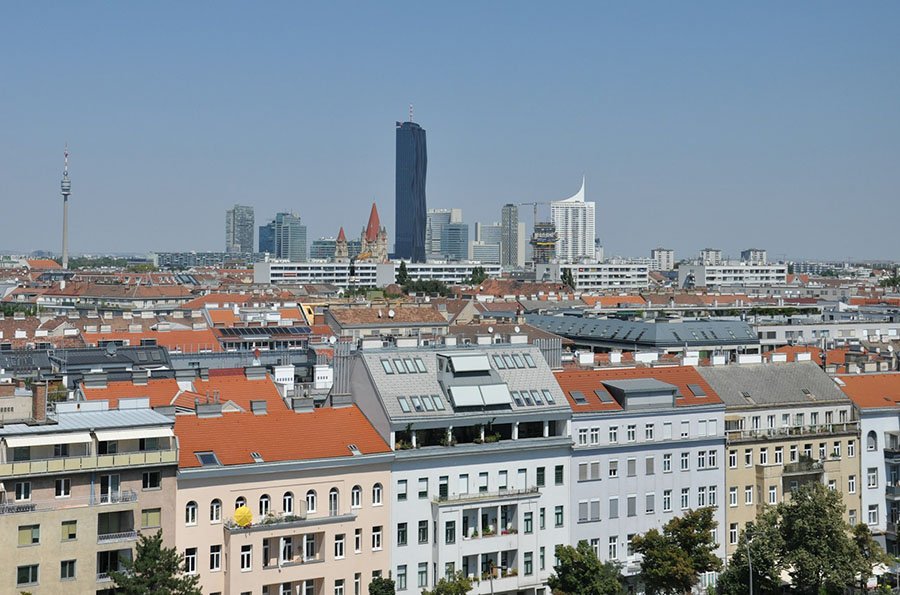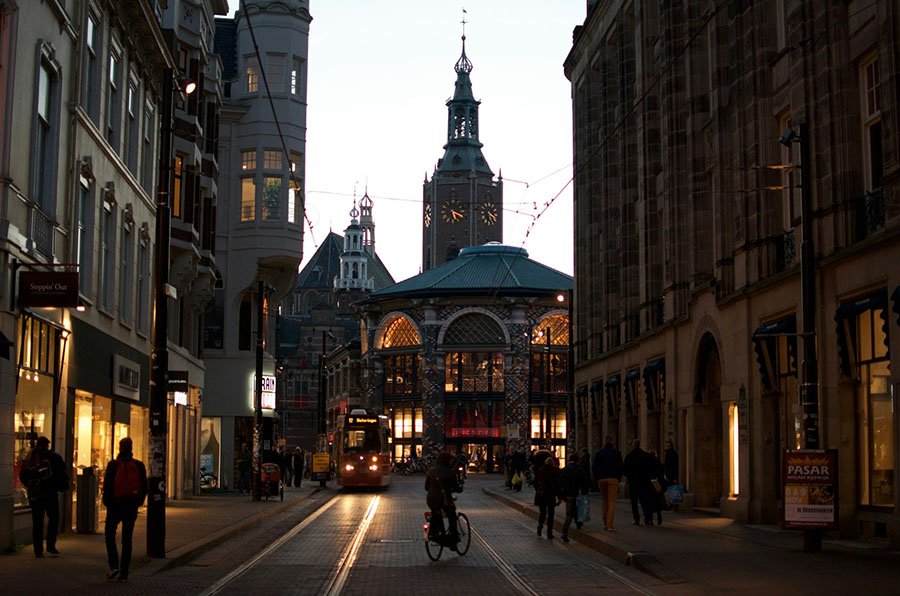Real Estate / Investments / Analytics / News / Reviews / United Arab Emirates / Real Estate UAE 13.09.2025
Dubai Real Estate Outlook: Moody’s Warns of Price Correction from 2026

Photo: Unsplash
Moody’s Ratings forecasts that more than 150,000 new apartments and villas will be delivered in the UAE by 2027, increasing Dubai’s housing stock by about 20%. Analysts expect a moderate decline in prices from 2026, giving tenants more chances for rent stabilization. At the same time, demand will remain strong thanks to population growth and the inflow of wealthy migrants.
Moody’s stresses that the expected correction will be driven by rising supply rather than weakening demand. The market is supported by demographic shifts and new social trends. In 2024, Dubai’s population grew by 6% to 3.9 million, while the average household size fell from 4.4 to 3.9 persons, boosting demand for apartments.
A major factor is the influx of affluent residents. Today, Dubai is home to over 80,000 millionaires – double the number a decade ago. The luxury housing segment is breaking records: in Q1 2025, more than 590 properties worth over AED 20 million were sold, the highest in two years. Moody’s notes that the combination of demographic growth, new visa programs, and more wealthy residents is building solid fundamentals for the market, ensuring stability over the next 12–18 months.
Villas vs. Apartments: Different Dynamics
By the end of 2024, villa prices had risen by 20% year-on-year, while apartment prices grew by 18%. Moody’s expects demand for villas to stay strong, but price growth will slow as new communities enter the market. Apartments, especially mid-range, may see more noticeable price drops if supply outpaces demand. For buyers, this could open opportunities for bargains in the apartment segment, while villas remain expensive with slower appreciation.
Developers’ Finances and Market Stability
Developers’ financial strength also supports resilience. Emaar’s income portfolio rose from AED 25 billion in 2020 to AED 129 billion in 2025. The average debt ratio of major developers dropped from 4.8 to 1.4 over the same period. Combined profits of the six leading developers hit AED 46 billion, up from AED 12 billion five years earlier. Moody’s emphasizes that this foundation allows developers to sustain projects even during mild price corrections.
Regulatory Changes and Transaction Costs
Over the past decade, regulatory reforms reshaped the market. Buyers’ payments for off-plan properties now go into escrow accounts, released to developers only upon project milestones. Mortgage rules also changed: since February 2025, banks no longer finance the 4% Dubai Land Department fee or the 2% broker’s commission. These costs now fall entirely on buyers. For a AED 1 million ($272,000) property, additional expenses reach about AED 60,000 ($16,300).
The Dubai Land Department also introduced new rules for foreign sellers: payments must now be made directly to the property owner’s account in a UAE bank. Power of attorney representatives can still sign contracts or represent sellers in court, but they can no longer receive sale proceeds.
Authorities also allowed landowners in Sheikh Zayed Road and Al Jaddaf to convert leasehold plots into full freehold ownership for a fee of 30% of market value. Golden Visa rules for real estate investment were updated as well: investors may now apply by purchasing off-plan projects if at least 50% is paid or a bank guarantee is provided.
Record Transactions in Early 2025
In H1 2025, Dubai recorded 125,538 real estate deals – up 26% year-on-year. The total value rose 25% to AED 431 billion ($117 billion). Investment volume reached AED 326 billion ($89 billion), with nearly 95,000 investors, including 59,075 first-timers. Female investors played a growing role, closing 34,792 deals worth AED 73.2 billion.
Foreign buyers invested AED 228.35 billion ($62 billion). Investors from Arab states contributed $8 billion, while Gulf countries accounted for $6 billion. Top districts by transactions included Al Barsha South Fourth, Al Yalayis 1, and Wadi Al Safa 5. In terms of transaction value, Dubai Marina, Business Bay, Burj Khalifa, and Palm Jumeirah led the market.
Outlook: Risks of Overheating
Other rating agencies echo concerns. Fitch expects a dip by late 2025 into early 2026. Knight Frank projects 8% growth in 2025 but warns of correction risks with nearly 20,000 new villas entering the market. Analysts agree: oversupply and global uncertainty could create overheating and a new bubble. For renters, the growing housing stock may ease apartment market pressure. For investors, villas and luxury real estate remain attractive, though competition is intensifying.
Подсказки: Dubai, real estate, property market, Moody’s, UAE housing, apartments, villas, Golden Visa, investments, luxury property











